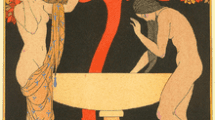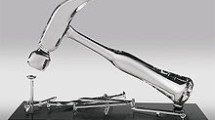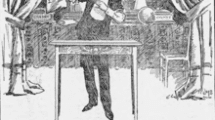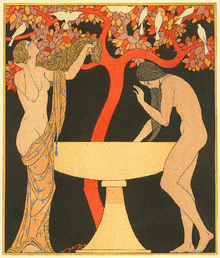Blond hair is controlled by an allele recessive to most alleles responsible for darker hair,[citation needed] but it is not a disappearing gene
The disappearing blonde gene was a hoax about how a scientific study had estimated that natural blonds would become extinct, repeated as fact in reputable media such as the BBC and The Sunday Times between 2002 and 2006. Claims that blond hair would disappear have been made since 1865.[1]
Several reports erroneously claimed that the World Health Organization (WHO) had published a report claiming that people with blond hair “will become extinct by 2202”. Neither the WHO nor any reputable expert had issued such a report, and so those who commented on the alleged report were asked by the WHO to retract.[2]
In the media[edit]
In 2002 BBC News reported that unnamed German experts had concluded that the natural distribution of blond hair would cease within the span of 200 years owing to the genes associated with blond hair being recessive. The article reported the scientists had said that there is a reportedly low number of people carrying the recessive blond allele, especially in nations of mixed heritage (for example, the United States, Canada, Argentina, Brazil, New Zealand and Australia). The dominant alleles (brown hair, black hair, brown eyes) “overthrow” the recessive genes or metaphorically, endanger them. Subsequently the study was attributed to the World Health Organization. In the BBC article Prof. Jonathan Rees of the University of Edinburgh cast doubt on the story—he was quoted as saying “The frequency of blondes may drop but they won’t disappear.”[3]
In October 2002 The New York Times reported that the World Health Organization had no knowledge of this study.[4][5]
In 2006 the hoax was mentioned by The Sunday Times when reporting on the publication of a hypothesis of the origins of blonde hair[6] and La Repubblica: “According to the WHO study, the last natural blond is likely to be born in Finland during 2202.” It once again traveled quickly across the World Wide Web.[7] The hoax has also been featured on the “Threat-Down” segment of the satirical television show The Colbert Report on March 6, 2006, where Stephen Colbert suggested a selective breeding program to save blonds.[8]
Scientific position[edit]
The extinction hoax is based on a misinterpretation of recessiveness in genetics.[3] In reality, gene frequency is stable unless there is selection for or against them,[9] which does not appear to be the case for blonde hair.[3] In large populations, even extremely rare genes will persist at stable levels over long periods of time. It also does not matter whether a gene is dominant or recessive. Genes disappear if the population is very small (drift) or if they confer a disadvantage (selection).[9]
See also[edit]
References[edit]
^
“Urban Legends Reference Pages: Blond Extinction”. Retrieved 2008-01-24. Cites Chamber’s journal of popular literature, science and arts By William Chambers, Robert Chambers, 1865 (p. 408), as well as newspaper mentions from 1890, 1906, and 1961. 1906 reference relates to a newspaper report on a lecture by Major C. E. Woodruff called The Disappearance of Blond Types from the American Population, mentioned in MacCurdy GG, Anthropology At The New York Meeting, Science, 26 April 1907: 653–665
^ A corrected version of “Cavegirls were first blondes to have fun” by Sunday Times, February 26, 2006
^ a b c “Blondes ‘to die out in 200 years'”, from the BBC, September 27, 2002.
^
“Hair-raising story about blonds cut short”, from The Age, October 3, 2002
^ WHO clarification
^
Cavegirls were first blondes to have fun. The online version was corrected later.
^
“Natural blondes are likely to be extinct within 200 years” from Bit of News
^ Threat Down Colbert Report. 6 March 2006
^ a b Mayo, Oliver (2008). “A Century of Hardy–Weinberg Equilibrium”. Twin Research and Human Genetics. 11 (3): 249–256. doi:10.1375/twin.11.3.249. ISSN 1839-2628. PMID 18498203. S2CID 17202106.





